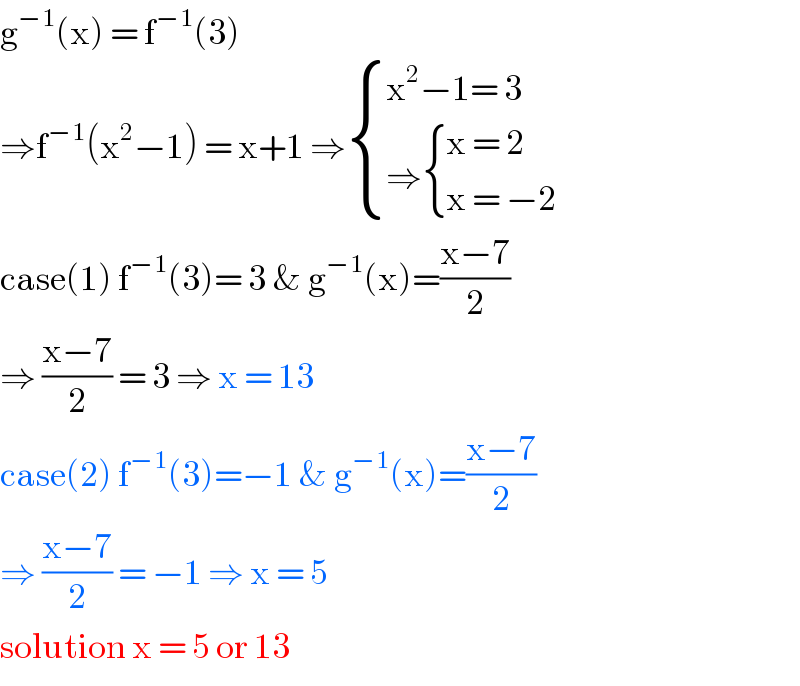
Question and Answers Forum
Previous in Relation and Functions Next in Relation and Functions
Question Number 94366 by i jagooll last updated on 18/May/20
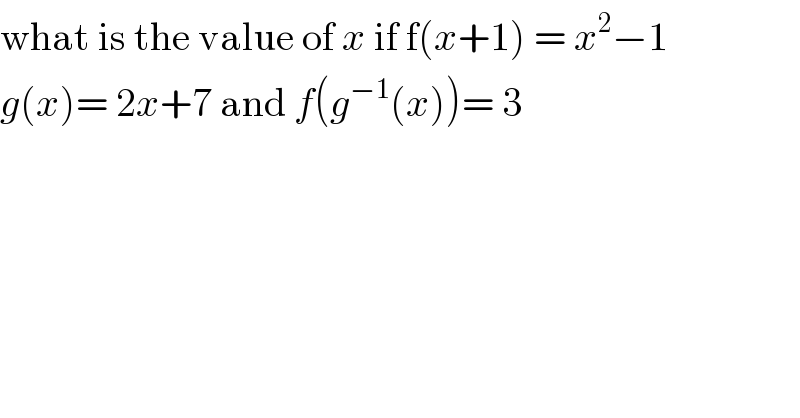
Commented by mr W last updated on 18/May/20
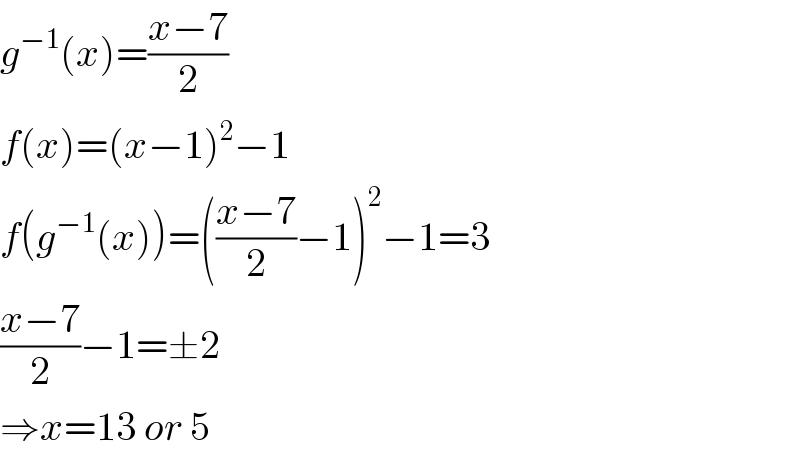
Commented by i jagooll last updated on 18/May/20

Commented by Abdulrahman last updated on 18/May/20
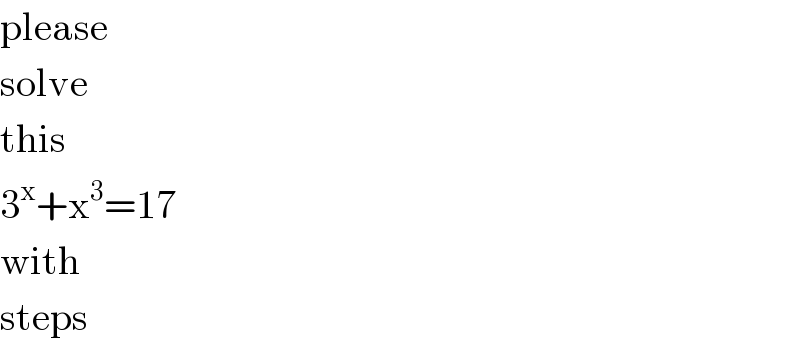
Commented by mr W last updated on 18/May/20
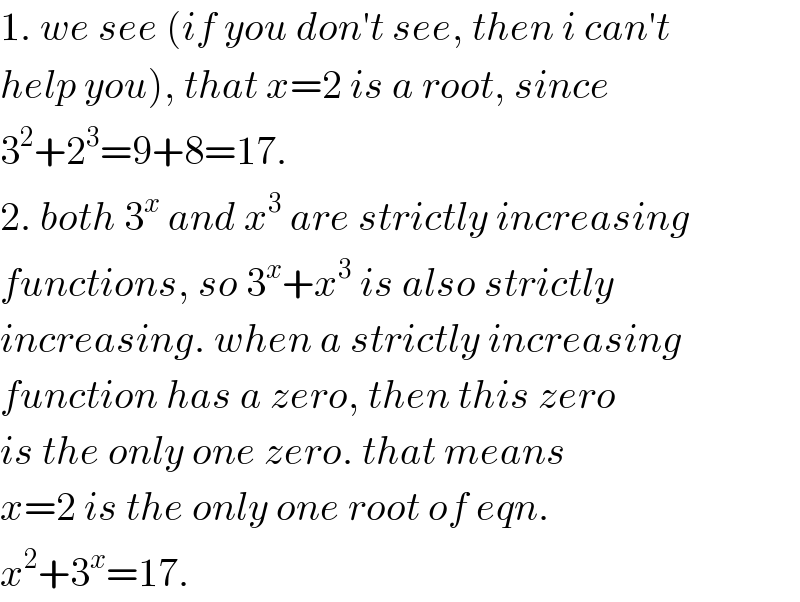
Commented by Abdulrahman last updated on 18/May/20

Commented by Abdulrahman last updated on 18/May/20

Commented by abdomathmax last updated on 18/May/20
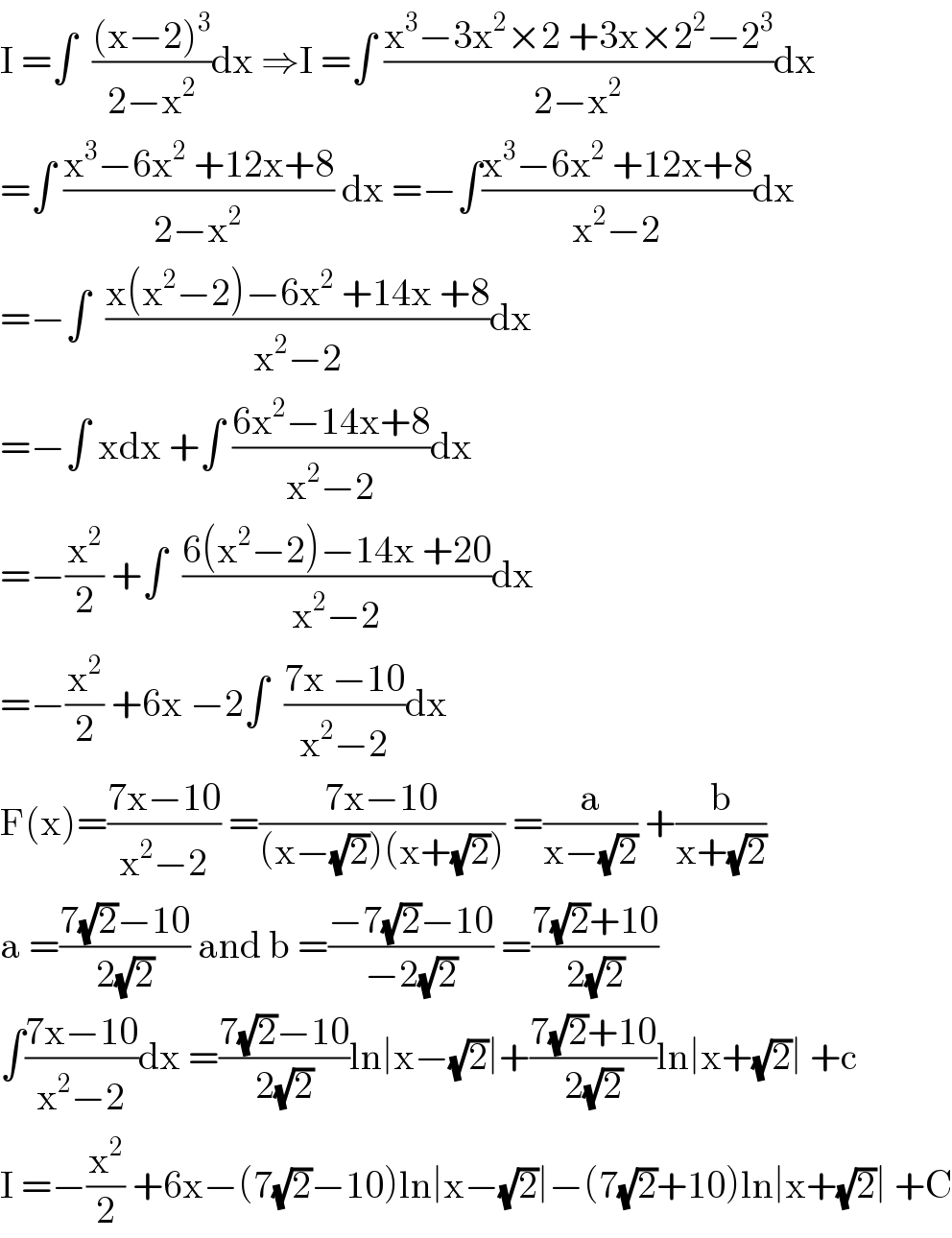
Commented by mr W last updated on 18/May/20

Commented by Abdulrahman last updated on 18/May/20

Answered by john santu last updated on 18/May/20
